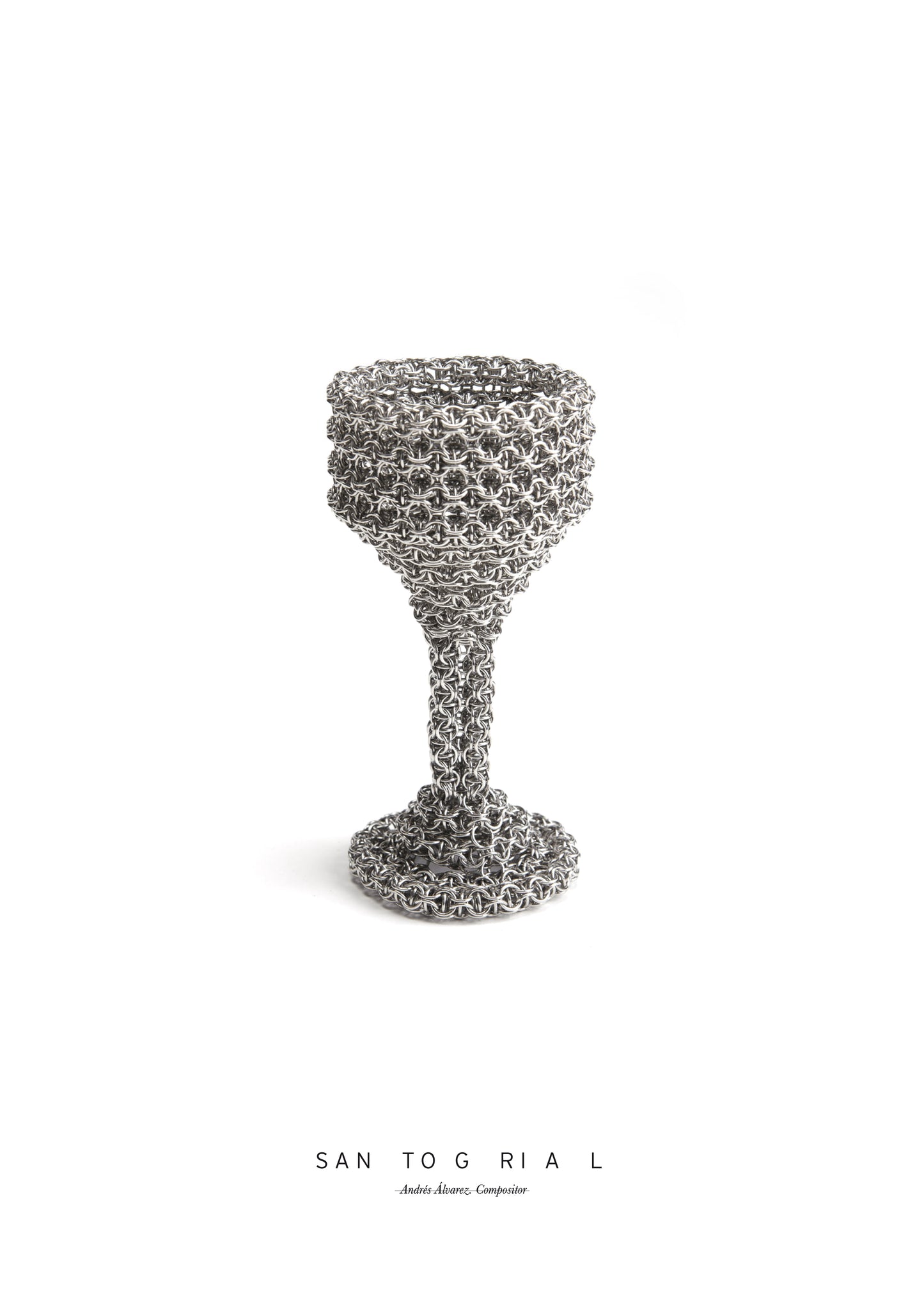SANTO GRIAL
SANTO GRIAL
Couldn't load pickup availability
(...) Several historical and archeological sources maintain that on the altar at the side chapel in the church of O Cebreiro, a eucharist was being celebrated by a Benedictine monk in the 14th century. He thought, on that cold winter day on which the snow was piling up and the wind was howling, that nobody would come to mass. He was wrong. A peasant from Barxamaior called Juan Santín climbed up to O Cebeiro to participate in the holy mass. The monk, who was of little faith, seemed to scorn the peasant in spite of his sacrifice but at the moment of consecration the priest saw how the host turned to meat and blood boiled in the chalice (...)
The Holy Grail, one of the best known elements in the Christian tradition, is the pretext that the composer embraced when composing this work. Many stories revolve around this icon which reached its peak in popular culture in the novel by Dan Brown, ten years before the composition of this symphonic poem in 2013.
The melodies are architecturally complex. Through them, the composer evokes the period of King Arthur and all of the stories that surround that figure and his knights. The cavalry’s motor cadence, communicated through the precursive triplets, creates an atmosphere that could be reminiscent of the best known films on the big screen. This Holy Grail is not only based on this well-known story but also it centres on the 500 year old legend which speaks of a Galician peasant and the icon which lends its name to the poems that are set in the Cebreiro region in Lugo.
This poem, debuted by the Chapela Band was designed originally for a youth band with medium difficulty and through it the composer narrates the story of the peasant. It serves as a preamble, which introduces the story of O Cebreiro and acts as the catalyst of the protagonist’s journey. After this first part comes the intermediate section which is divided into storms, clearings and clouds in which the quick quavers will reveal the light that transcends the darkness in a tranquil countryside, finally concluding in a characteristically ambling journey through the cloudy galician countryside, set in the mountains of Lugo. The miracle and the procession will be the final moments of the peasant’s story for which the composer will use earlier ideas and so will conclude the story which, to this day, has generated many legends about the icon which has most successfully transcended from religion to popular culture thanks to the mystery around its true significance, something it has managed to keep hidden all these years.
Share


